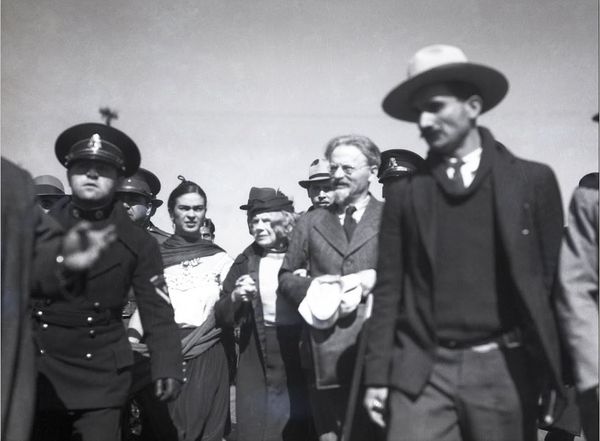
Culture
Remembering the arrival of Leon Trotsky to Mexico as a refugee
On January 9, 1937, Leon Trotsky, a Russian politician, and revolutionary, arrives in Mexico as a refugee, after initiating a struggle against Stalin's regime.
There is a wide range of regional traditions within Mexico's dominant culture, which is influenced by a mix of indigenous and Spanish practices. Many of the things that people think of when they hear "Mexican" really originate in specific parts of the country.

Culture
On January 9, 1937, Leon Trotsky, a Russian politician, and revolutionary, arrives in Mexico as a refugee, after initiating a struggle against Stalin's regime.
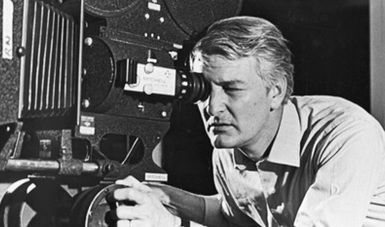
Culture
Alberto Isaac, Mexican filmmaker, painter, cartoonist, and Olympic swimmer, died. Director of 13 films, nominated several times for the Diosa de Plata awards and 44 times for the Ariel Awards, winning 11. He directed more than 15 feature films, including "En este pueblo no hay ladrones".
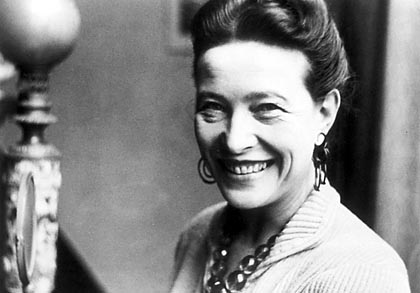
Culture
On January 9, 1908, Simone de Beauvoir was born, French writer, philosopher, and feminist, a fighter for women's rights. Her book "The Second Sex", published in 1949, is the most important feminist essay of the 20th century.
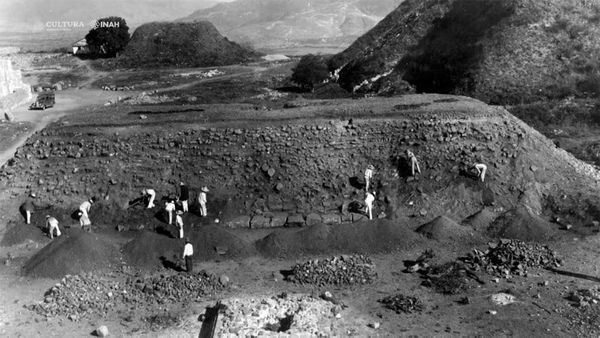
Culture
The Mexican archaeologist, Alfonso Caso, discovered Tomb 7 of Monte Alban on January 9, 1932, in a mountain in the Valley of Oaxaca, with more than 600 pieces with diverse materials such as gold, turquoise, pearls, obsidian, silver, amber, shell, bones, etc.
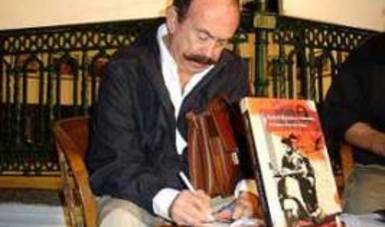
Culture
Mexican writer and journalist Rafael Ramírez Heredia, author of plays, short stories, and novels, with a realistic, simple, direct, and testimonial style, which often analyzes social problems. Awarded with innumerable national and international prizes.
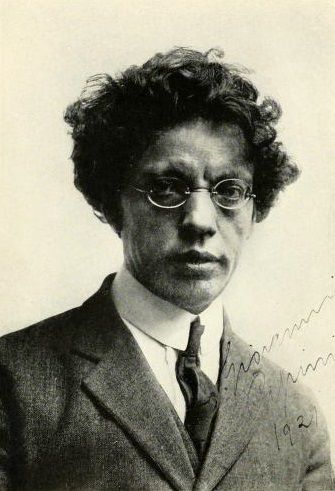
Culture
January 9, 1881: Giovanni Papini, Italian writer, author of an extensive literary, essayistic, religious, political, and philosophical work, including "A Finished Man", "History of Christ" and "Gog", is born.
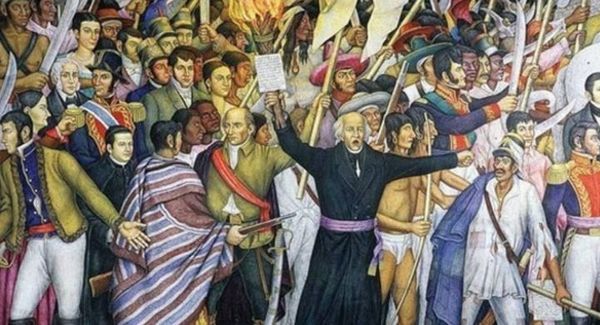
Culture
At the time when the events were taking place, what could be published in the Capital's newspapers about the Independence movement? Certainly, only the news authorized by the Viceregal government, which feared the influence that the press could have on the nation's inhabitants.
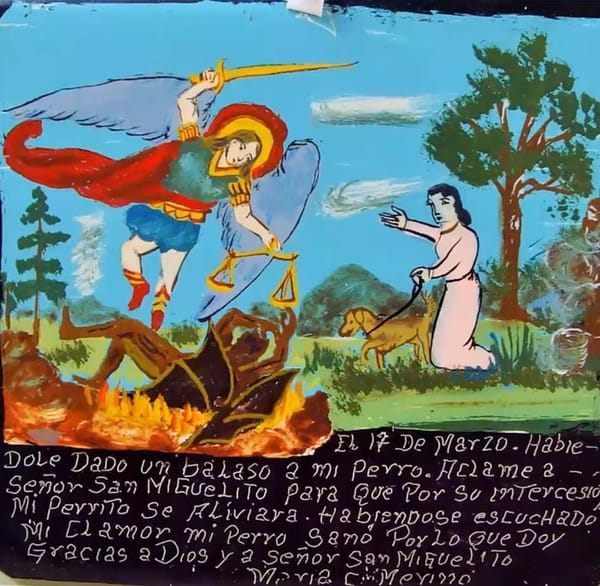
Culture
They are usually found in galleries or museums, but their original place is in churches. In the 19th century, they became popular in Mexico because the use of sheet metal made them cheaper.
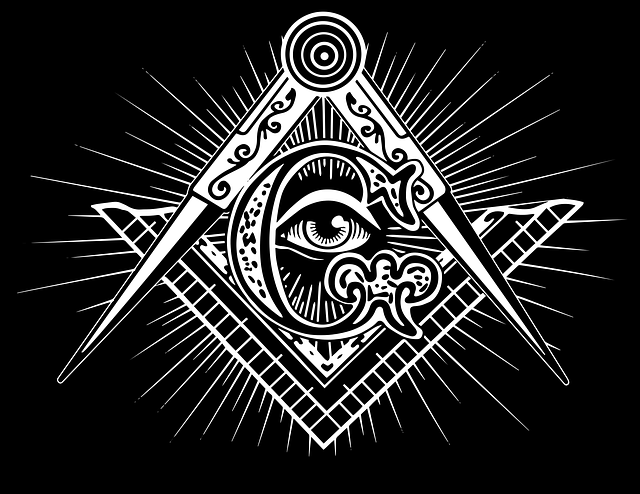
Culture
An analysis from an anthropological point of view of some of the patterns of this rite constitutes another way to achieve community recognition, in this case of a lodge.
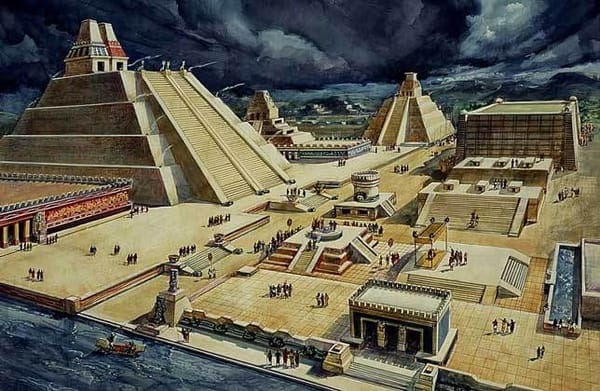
Culture
Hernán Cortés had to decide between destroying Tenochtitlan or building something new in the European style. This is what he did.
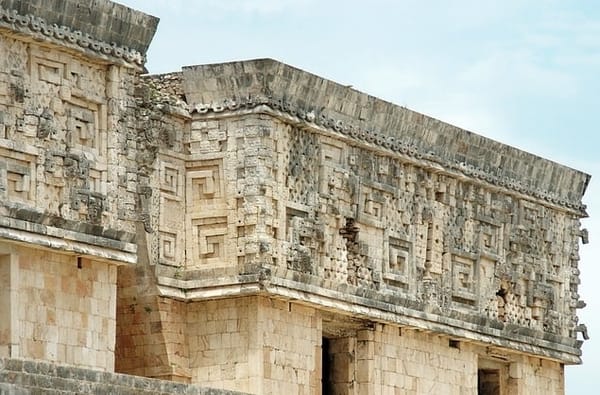
Culture
Stereotomy is based on the cutting and carving of solids in small portions, which when assembled in a certain order form a previously designed whole.
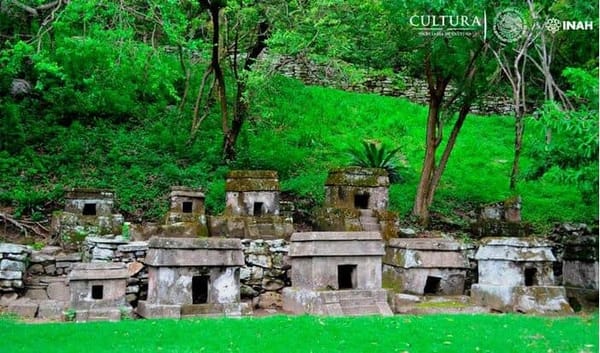
Culture
Quiahuixtlan, a settlement that functioned as a cemetery, city, and fortress, is located a short distance from where Hernán Cortés materially established the first Villa Rica de Veracruz.
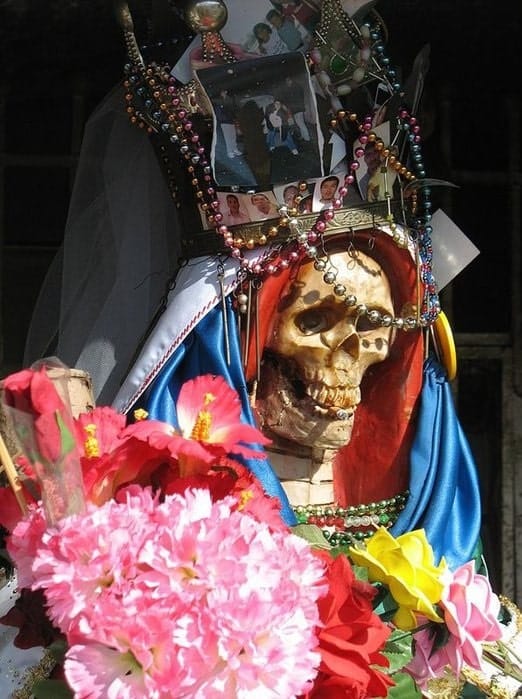
Culture
The cult to the skeletal image of Santa Muerte, as it is practiced today, emerged in the middle of the 20th century, but has its antecedents in the viceregal period.
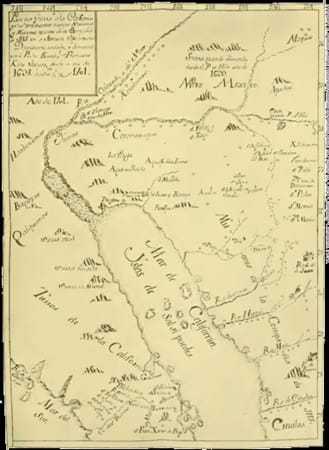
Culture
The life and work of Eusebio Francisco Kino, Italian-born Jesuit explorer, cartographer, astronomer, and a missionary, who led explorations in Baja California, Sonora, and Arizona.
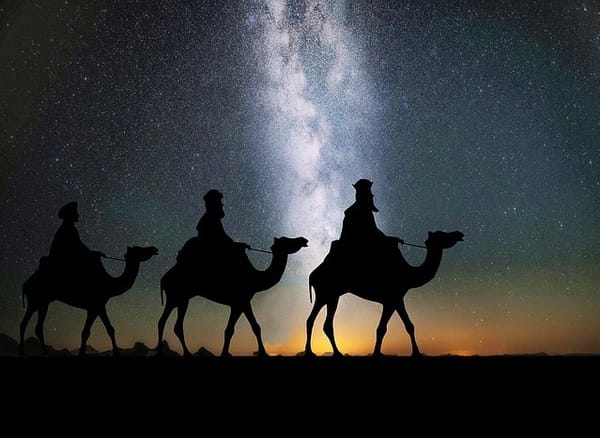
Culture
After the Conquest, theatrical representations called nexcuitiles or sacramentals were used as a form of indoctrination. Read how it happened.
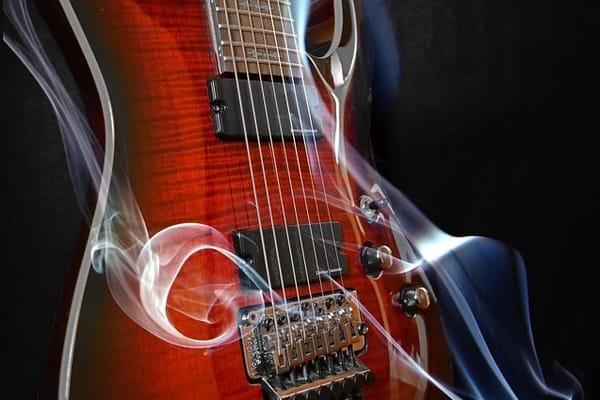
Culture
Witnesses of the Mexican Independence and Revolution deeds are considered a symbol of the national identity, the séptima or seven-string Mexican guitar.